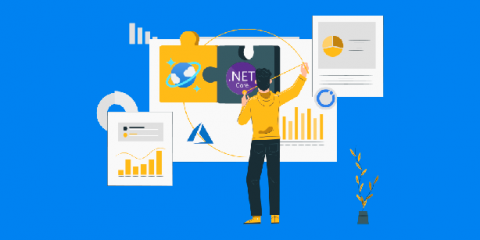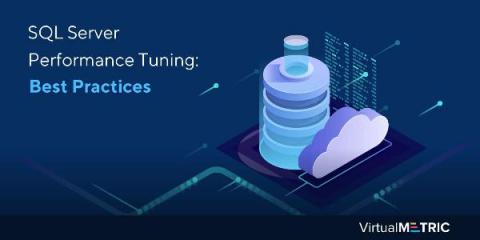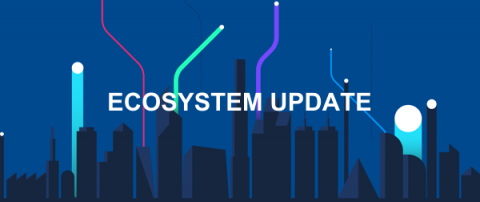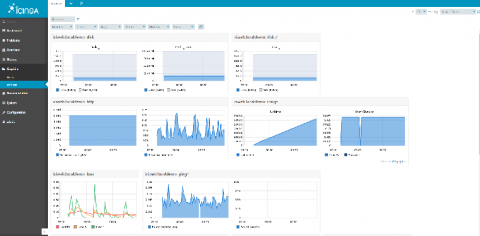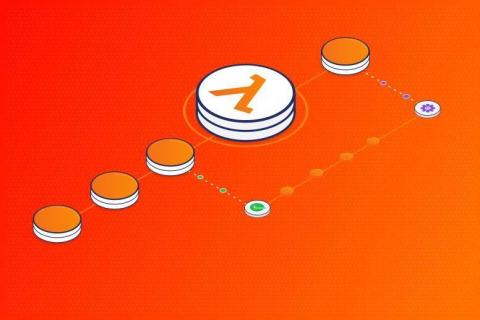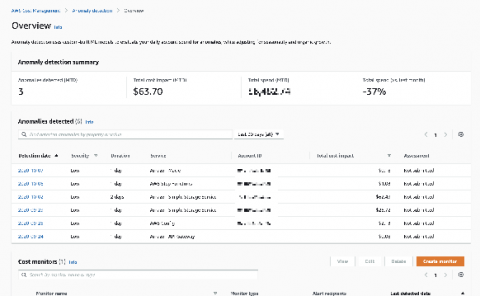Operations | Monitoring | ITSM | DevOps | Cloud
Latest News
How to automate VPC Mirroring for Coralogix STA
After installing the Coralogix Security Traffic Analyzer (STA) and choosing a mirroring strategy suitable for your organization needs (if not, you can start by reading this) the next step would be to set the mirroring configuration in AWS.
SQL Server Performance Tuning: Best Practices
Getting tired of slow queries? Wondering how you can improve SQL performance? The answer lies in SQL performance tuning or SQL server audit. Developers and database administrators (DBA) can significantly improve SQL server performance by fine-tuning how it carries out the queries. Optimal performance is crucial for relational databases and the applications that use them.
Console Connect Ecosystem Update October 2020
Three meetings your remote startup must have (and one to avoid)!
As a small startup, and a fully remote one to boot (thanks COVID), having only the “right” amount of meetings is crucial. Over-index on meetings and your team will get nothing done. Go too far the other way and your team won’t understand the vision, why you are doing what you are doing, and won’t be able to form the personal bonds that are required for a small team to succeed. We set aside 45 minutes every morning to discuss pretty much anything and everything.
Go HAM on Your ITAM Strategy by Avoiding These 6 Mistakes
Setting up Graphite from Scratch on Icinga Web 2
In this post, I will show you how easy you can integrate Graphite with Icinga Web 2. I assume you have a Icinga 2 ready with Icinga Web 2 Server running, and you have an additional Linux Server where you will install Graphite. It’s recommended to have Graphite in a Linux box out of your Icinga Web 2 Server. This scenario was tested on two Linux Servers with Centos 7. Let’s rock.
AWS Lambda Extensions: What are they and why do they matter
There is a growing ecosystem of vendors that are helping AWS customers gain better observability into their serverless applications. All of them have been facing the same struggle: how to collect telemetry data about AWS Lambda functions in a way that’s both performant and cost-efficient. To address this need, Amazon is announcing today the release of AWS Lambda Extensions.
AWS Cost Anomaly Detection: One Element of Cloud Cost Intelligence
Every decision that an engineer makes in the cloud impacts cost. Yet we know that engineers aren’t cost experts, and many worry that asking them to care about cloud cost will slow them down and distract them from delivering customer value. Top cloud-native companies dedicate entire teams of engineers to build custom tools to measure unit cost and deliver cloud cost to engineering teams. But I’m guessing you don’t have eight engineers you can spare to build internal cost tools?
Elastic Contributor Program: How to submit and validate a contribution
Last month we launched the Elastic Contributor Program to recognize and reward the hard work of our awesome contributors, encourage knowledge sharing within the Elastic community, and build friendly competition around contributions. But how do you start contributing? In this blog post, we’ll walk through how to log in to the Elastic Contributor Program portal and set up your profile so you can begin submitting your own contributions and validating others’ contributions!


